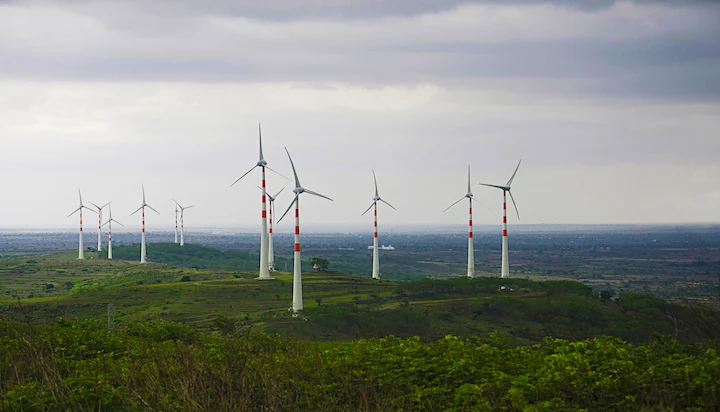NEW DELHI : India is exploring a unique plan to run ships 100% on green energy that may involve a hybrid energy model comprising of a mix of solar, sea water, wind, and hydrogen, said two government officials aware of the development.
The plan is being explored by the ministries of ports, shipping and waterways and new and renewable energy (MNRE), the people said requesting anonymity.
The innovative strategy will not only help lower operating costs for cargo ships but also reduce their carbon emissions. This can be a potential game changer for the country’s energy security as India imports 85% of its crude oil and 53% of gas requirements. Bunker or ship fuel accounts for the bulk of a ship’s operating costs.
Maritime transport accounts for about 95% and 70% of India’s trade by volume and value. Cargo traffic handled by the top domestic ports is expected to reach 1,695 million metric tonnes (mmt) this fiscal from 672.60 mmt last year.
Meanwhile, tapping eco-friendly fuel sources by Indian Navy ships will allow them be at sea for longer without the need to either return to port or seek support vessels at high seas for refuelling. This also comes at a time of India’s quest for a blue water navy when the US is seeking a bigger role for India in stabilizing and maintaining the rule of law in the Indo-Pacific region, a large swathe of land and sea stretching all the way from the west coast of the US to the shores of east Africa. Queries emailed to the ministries of ports, shipping and waterways and new and renewable energy on Friday evening remained unanswered till press time.
The government’s plan underscores the rapid strides made so far by India in solar and wind power generation. The country is also considering a proposal to make it mandatory for fertilizer plants and oil refineries to buy green hydrogen, which is produced by splitting water into hydrogen and oxygen using an electrolyzer powered by renewable energy sources such as wind and solar.
In his Independence Day speech, Prime Minister Narendra Modi announced a National Hydrogen Mission. A solar hydrogen programme was launched during the International Solar Alliance (ISA) assembly to produce the emission-free fuel at $2 per kg, which is much lower than the current $5 per kg.
The new plan comes against the backdrop of a ₹8 trillion investment envisaged under the Sagarmala programme till 2035. This would entail building more ports along the country’s 7,517km coastline and establishing as many as 142 cargo terminals at 12 major ports. Modi has pledged at the COP26 summit in Glasgow in November to cut India’s total projected carbon emission by 1 billion tonnes by 2030 and reduce the carbon intensity of the nation’s economy by less than 45% by the end of the decade and net-zero carbon emissions by 2070
India is also working on a multi-pronged approach to reduce carbon emissions, including a concerted push for electric mobility. In a first by a state government, Maharashtra aims to deregister internal combustion engine (ICE) vehicles and not register any ICE vehicles starting 2030, as reported by Mint. The plans also involve registering only non-emission causing electric vehicles and those fuelled by other carbon emission-free next-generation fuel such as hydrogen starting 2030.
Source: livemint.com









